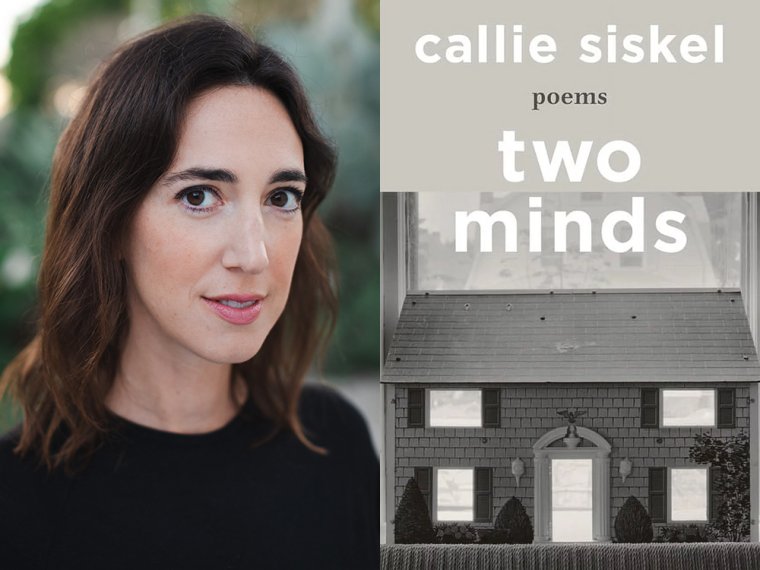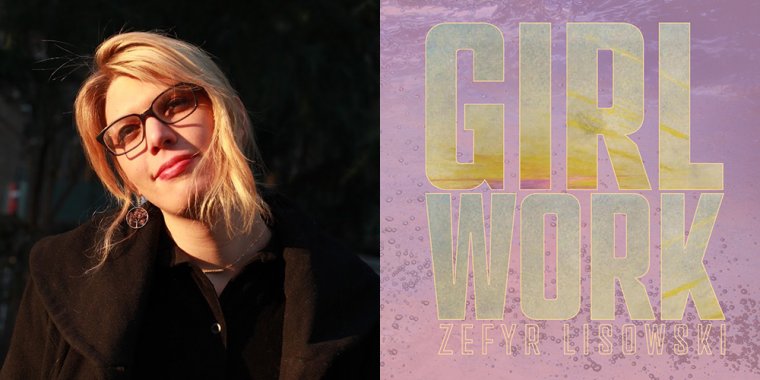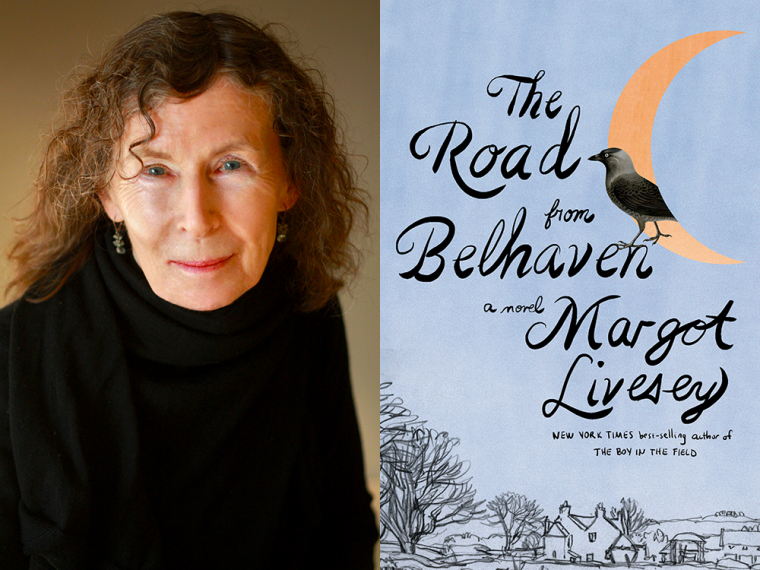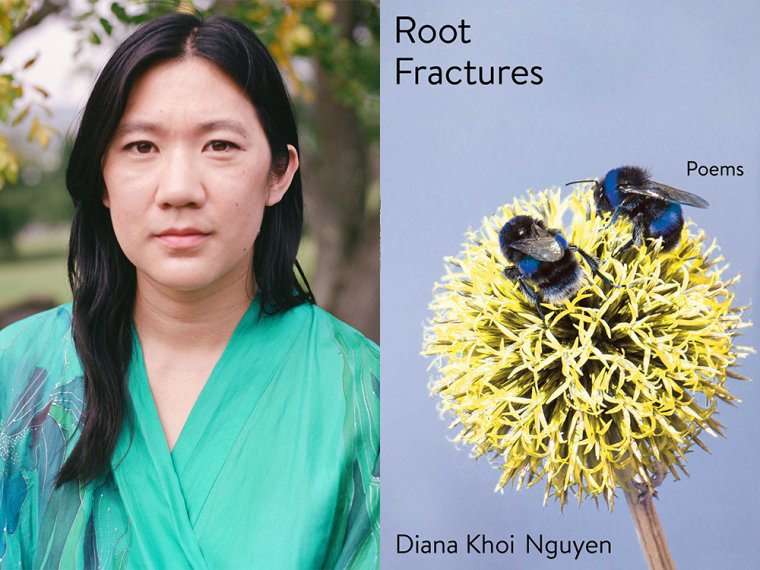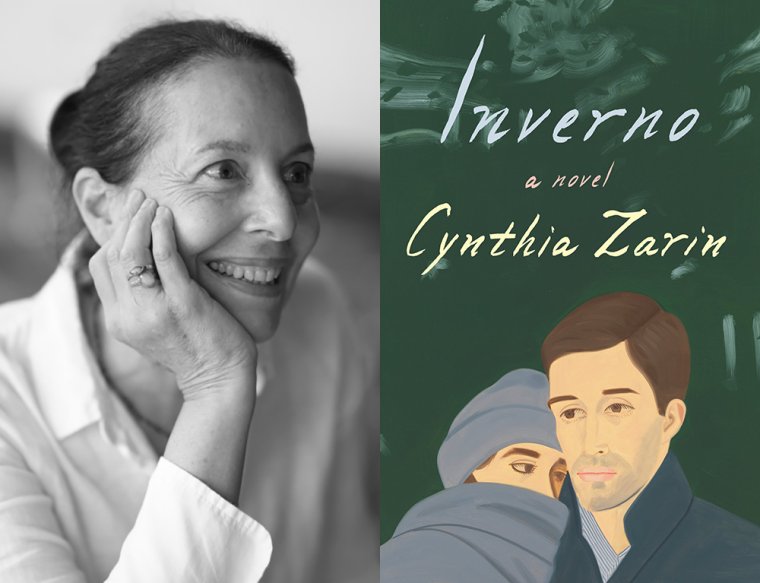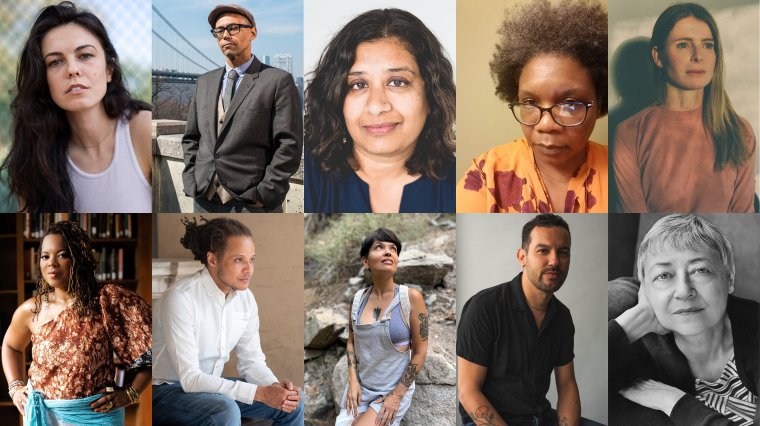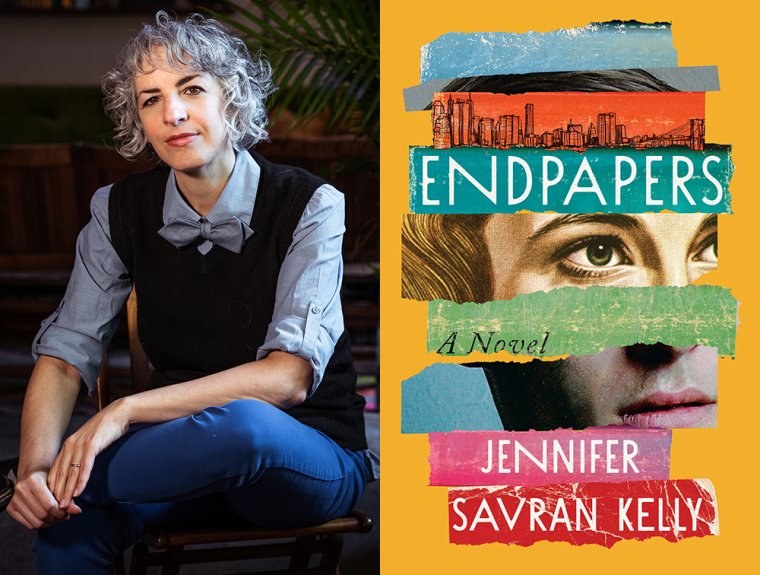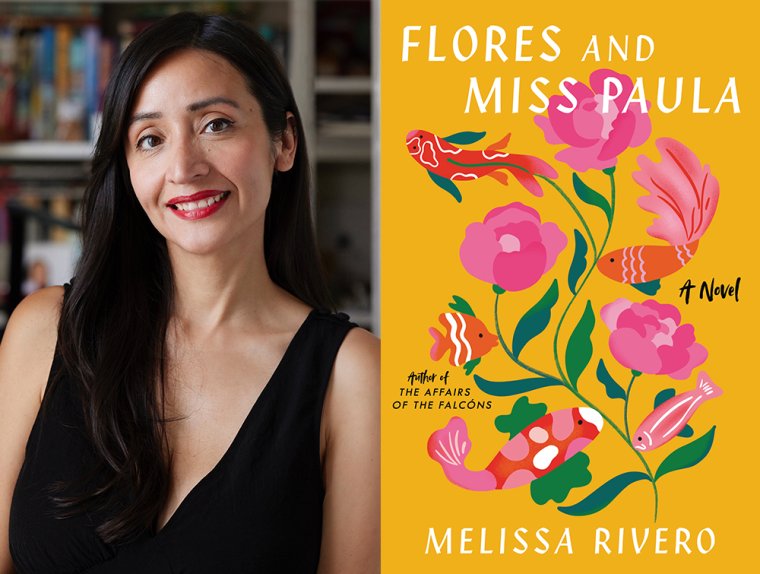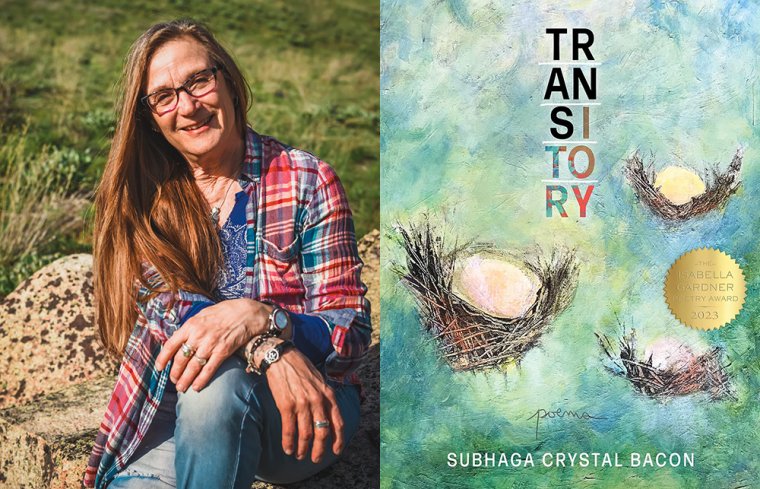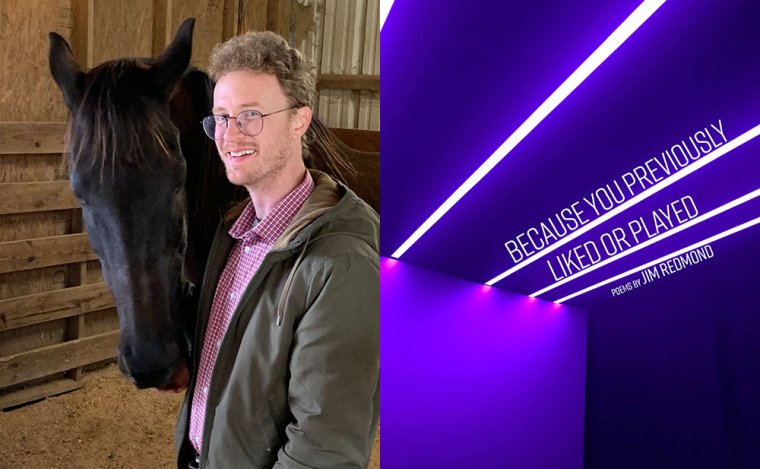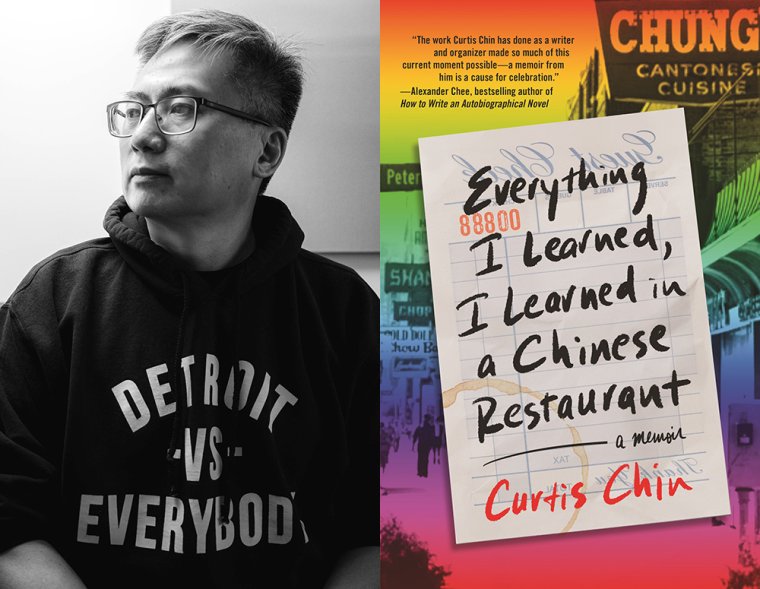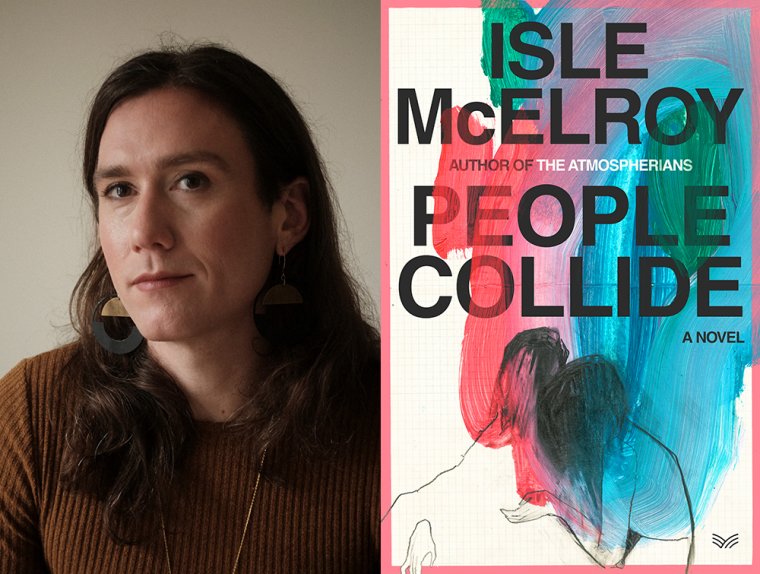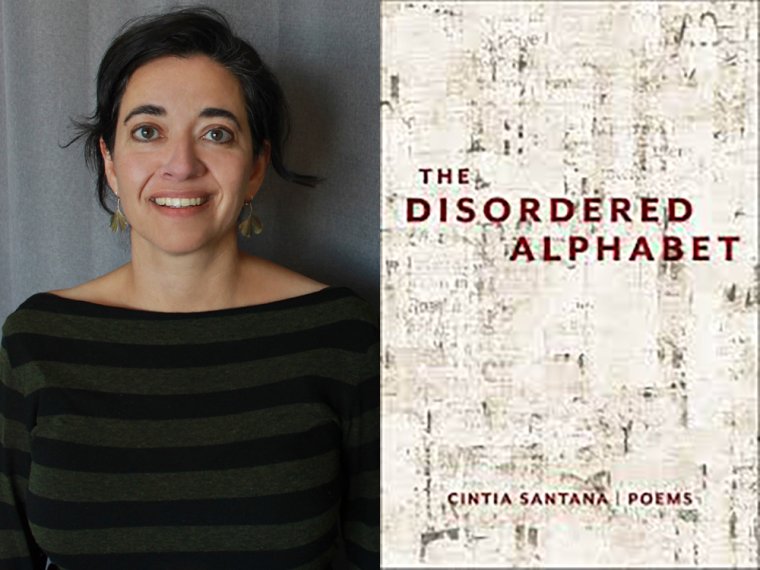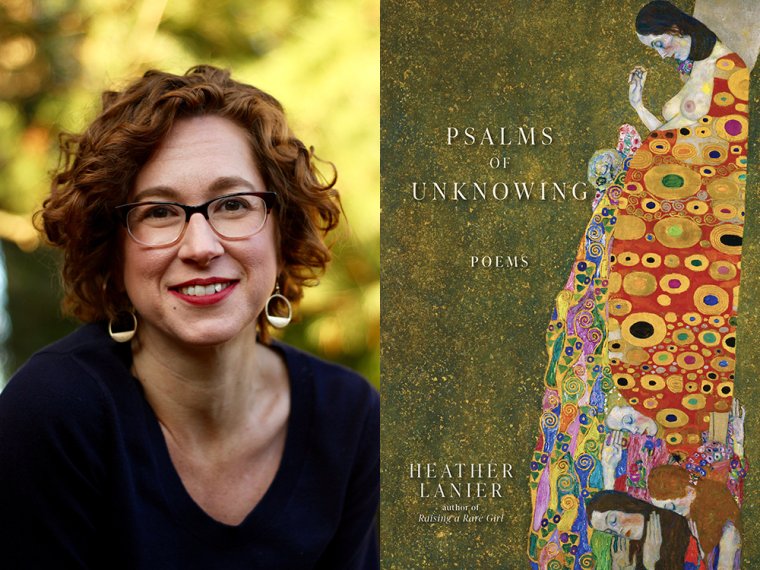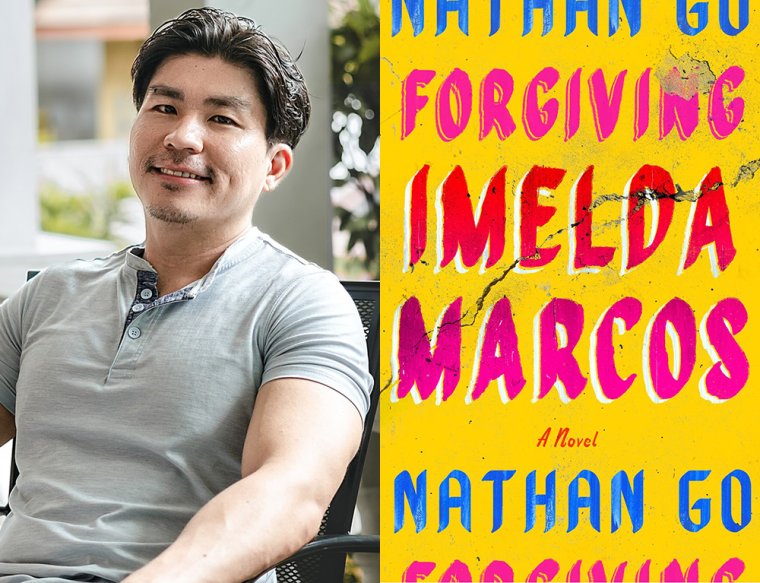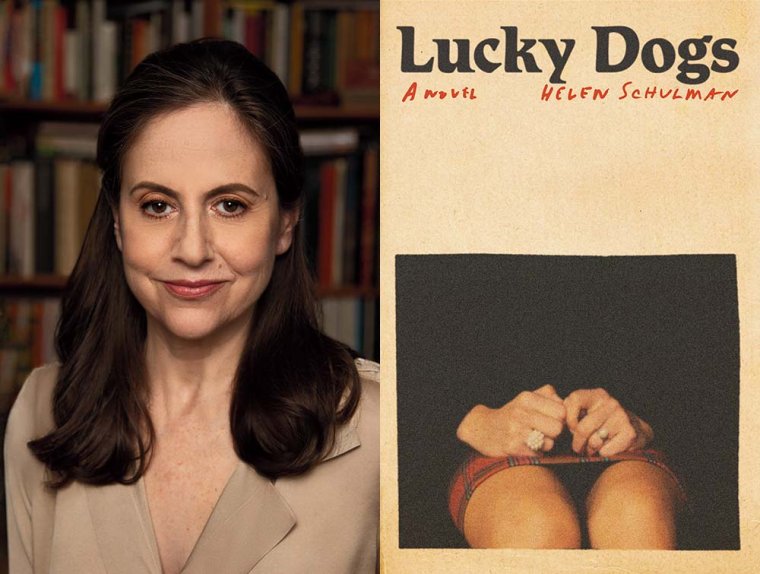This week’s installment of Ten Questions features Dorothy Chan, whose new poetry collection, Return of the Chinese Femme, is out today from Deep Vellum. In these sharply playful poems, Dorothy Chan presents the speaker to readers as they already figuratively, if unconsciously, envision her: an object of consumption, the most delectable “dish” on the expansive restaurant menu that Chan’s collection is designed to spoof. With Gurlesque verve and formal dexterity, Chan feasts, struts, frets, and cackles through poems that understand the self as an illusive concept dancing somewhere on the spectrum between essence and performance. The poems’ “Chinese femme” dazzles as she tosses out bits of pop culture, superstitions, family anecdotes, gossip, and confessions before reframing each one with astute assessments, hilarious takedowns, or personal mantras—which may be disavowed as quickly as they are posited: “There are too many poems about fathers. / Or not enough,” she writes in “Triple Sonnet for Veronica Lodge’s Tigers.” The poems’ humor, however, belies their serious critique of the sexist, Orientalist assumptions that gum up the collective imagination like so much icing on the “gender reveal cakes” that infuriate the speaker of “Triple Sonnet for Hers and Hers Towels and Princess Aurora’s Blue/Pink Gown.” Dorothy Chan is the author of the poetry collections BABE (Diode Editions, 2021), Revenge of the Asian Woman (Diode Editions, 2019), and Attack of the Fifty-Foot Centerfold (Spork Press, 2018). Their poems have appeared in the American Poetry Review, Poem-a-Day from the Academy of American Poets, Poetry, and elsewhere. She is an associate professor of English at the University of Wisconsin in Eau Claire.
1. How long did it take you to write Return of the Chinese Femme?
I’m a strike-while-the-iron-is-hot writer. I’m all about instinct and feeling and passion. Return of the Chinese Femme took me a year to write. And then I took another year to edit it. I was being finicky on purpose because I already knew this was my favorite book I’ve written (so far).
I love indulgence. Part of the “finicky on purpose” process of creating this book was printing out the manuscript numerous times and laying it out on the floor, determining and re-determining order, and employing other organizational tactics. I love indulgence. Yes, my pleasures include getting an ombre gel manicure, drinking an Aviation or Vesper at a nice bar, ordering everything at dim sum, and filling a fitting room with endless outfits on a trip. But touching the printed Word doc of a completed manuscript is an indulgence that surpasses all of the above. It’s because of the tangibility—how the complete collection is one step closer to being released in the world.
2. What was the most challenging thing about writing the book?
In my workshops I always emphasize to my students that poetry is hard, but that’s why it’s fun. I love to take every challenge of writing as the infinite volta of discovery. Speaking of volta, the Triple Sonnet is my baby—my signature poetic creation. One of the challenging parts of writing this collection was making my Triple Sonnet fresher than ever. But of course, including references to Dennis Rodman’s style in one of my favorites, “Triple Sonnet for Dennis Rodman, #91, on my Television Screen,” helped. I don’t do sports, but I get basketball…aesthetically.
3. Where, when, and how often do you write?
Every day—because I consider notetaking to be an integral form of the writing process. I just checked: I have 753 notes on my iPhone’s Notes app. These notes contain amusing things I overheard, fashion boards I want to revisit, fragments on nostalgia, Chinese words that will make their way into my poems, Chinese idioms my father teaches me, dreams I write down before they flee, etcetera.
4. What are you reading right now?
Sonnets and chapbooks from my Honey Literary workshops! I adore the atmosphere of our Honey Literary workshops and the brilliance, grace, and enthusiasm of our Hive.
This is not an exhaustive list, but poetry books I’m always reaching for include Gustavo Hernandez’s Flower Grand First, Rita Mookerjee’s False Offering, Jessica Q. Stark’s Buffalo Girl, Taneum Bambrick’s Vantage, Divya Victor’s CURB, Rosebud Ben-Oni’s If This is the Age We End Discovery, Yanyi’s The Year of Blue Water, Diamond Forde’s Mother Body, Eugenia Leigh’s Bianca, Nabila Lovelace’s Sons of Achilles, KB Brookins’s Freedom House, and many more. I’m really excited to get my hands on Jason Koo’s NO REST with Diode Editions.
5. What was your strategy for organizing the poems in this collection?
I love this question because I love that my table of contents is organized like an evening menu:
I. Recipe for an Asian Femme: I’m a Snack; I’m a Tease; I’m the Dish
II. The Triple Sonnets: Classic Amuse-Bouches with a Twist
III. The Recipes for Disaster, Sex, and Popular Culture
IV. An Ode to Decadence
V. One More Dessert for Discovery
I like organizing my books into odd-numbered sections. For some reason I find elegance in this move, perhaps because I have a deep passion for and studied art history during my undergraduate years at Cornell University. I affectionately call a three-part book structure a “triptych.” Return has a five-part structure, thus pushing us into further elegance.
6. Would you recommend writers pursue an MFA?
People who pursue MFAs have many reasons for doing so. People who do not pursue MFAs have many reasons for doing so. I can only speak on my own experiences. Whenever students ask me this question, please note that I preface it rather extensively. I will say that my experience of meeting my Poetry Family, Norman Dubie and Alberto Ríos, during my MFA, is not an experience I will ever trade.
7. What is one thing that surprised you during the writing of Return of the Chinese Femme?
The ease with which I created my section titles astounded me. But of course the Triple Sonnet is my signature “amuse-bouche”—it’s the volta-based gift that just keeps giving.
8. If you could go back in time and talk to the earlier you, before you started Return of the Chinese Femme, what would you say?
Just keep writing.
9. What forms of work, other than writing, did you have to do to complete this book?
I believe that the best poets and writers are also the best researchers. Research can also take many forms and various disciplines. Rewatching episodes of Batman: The Animated Series and Riverdale was one of the most fun aspects of researching popular culture.
10. What’s the best piece of writing advice you’ve ever received?
“Always remember this: ‘Write to think; don’t think to write.’” —Lyrae Van Clief-Stefanon
“In poetry we want to f with the ineffable.” —Lyrae Van Clief-Stefanon
“The best line of the poem is the line that I am reading; and that does not exclude the title.” —Alberto Ríos
All three of these quotes by my mentors / Poetry Family grace every syllabus I’ve ever created.


